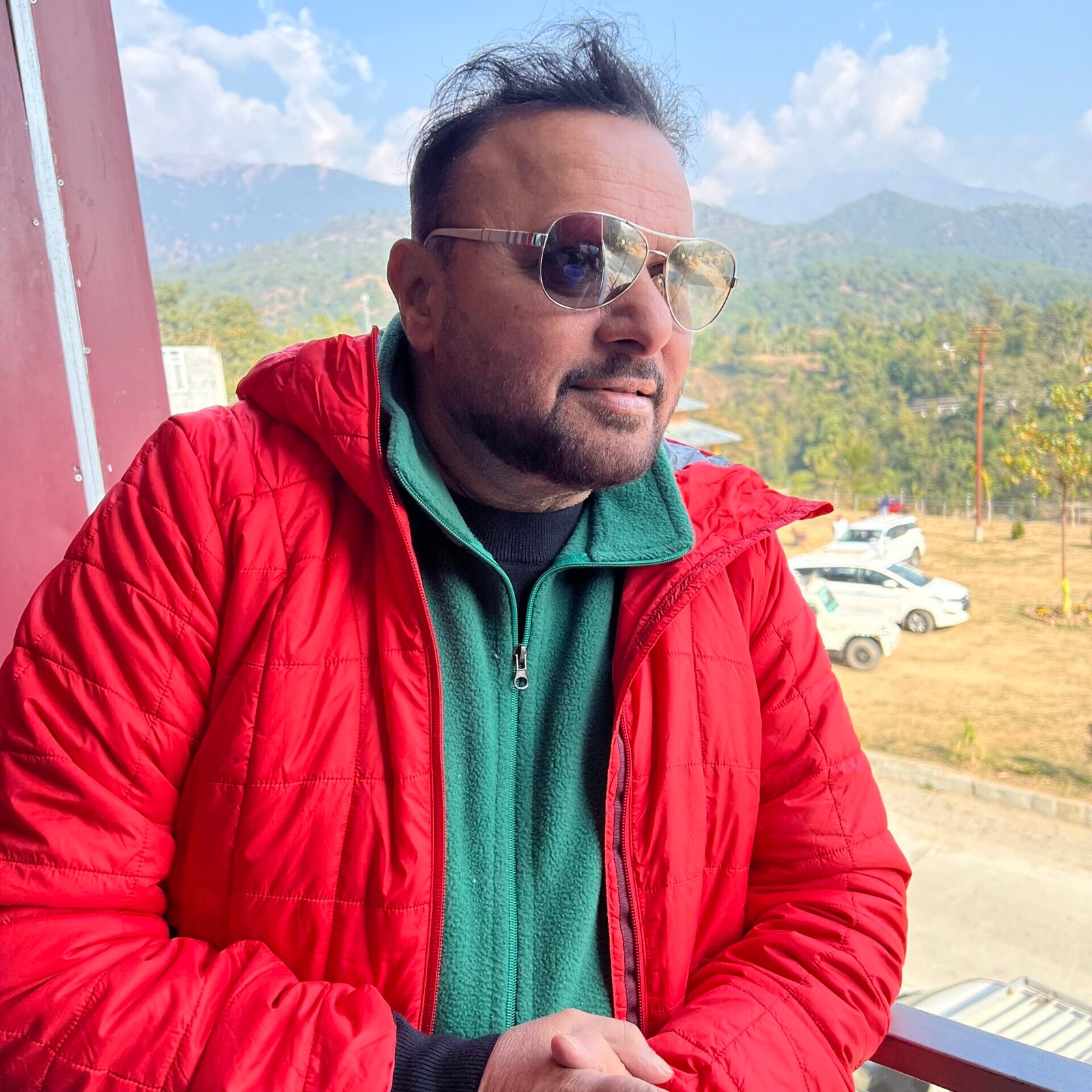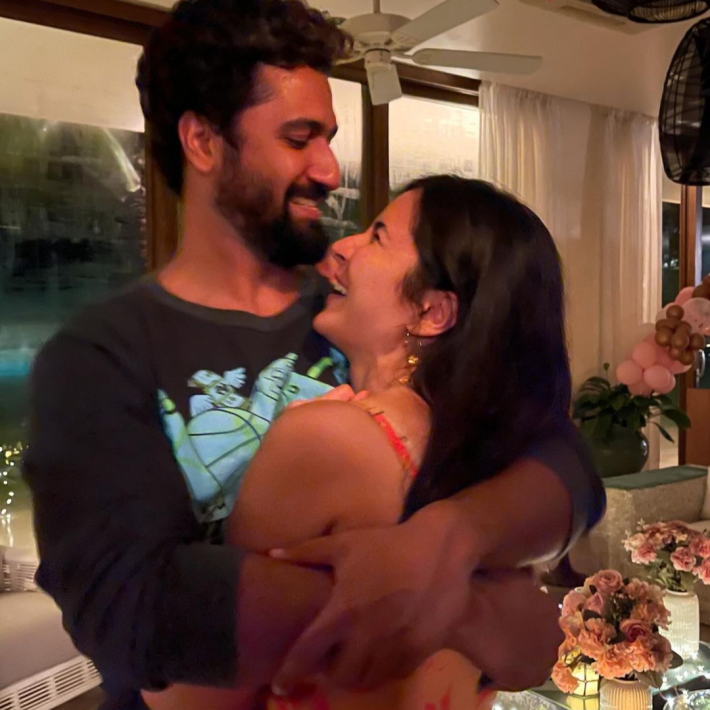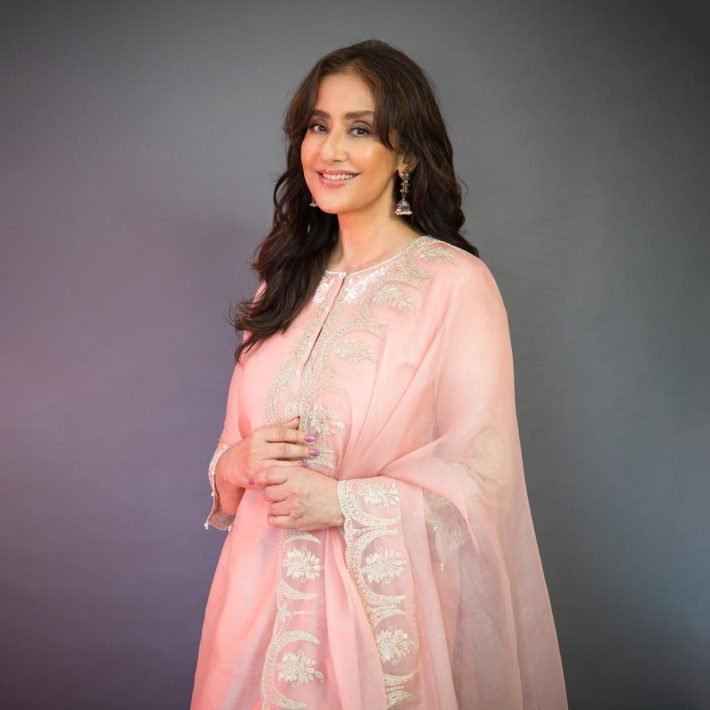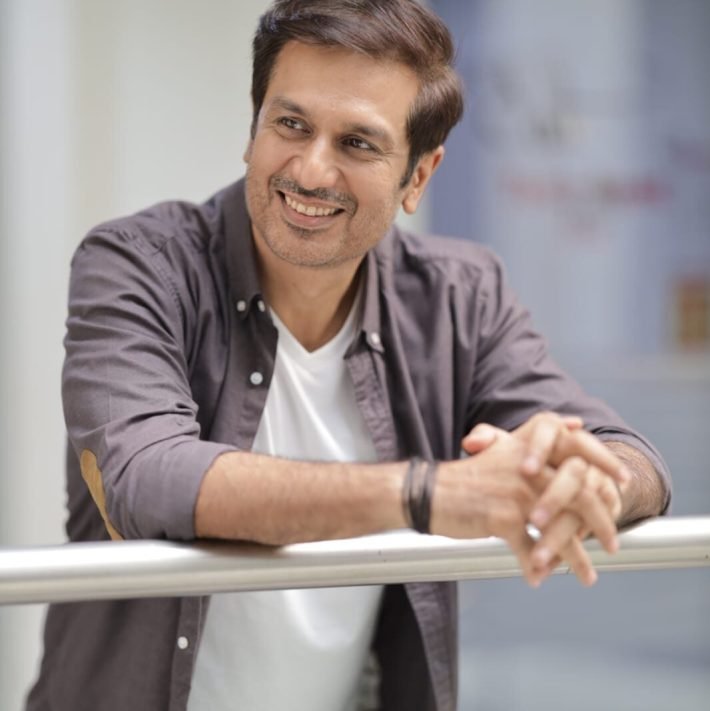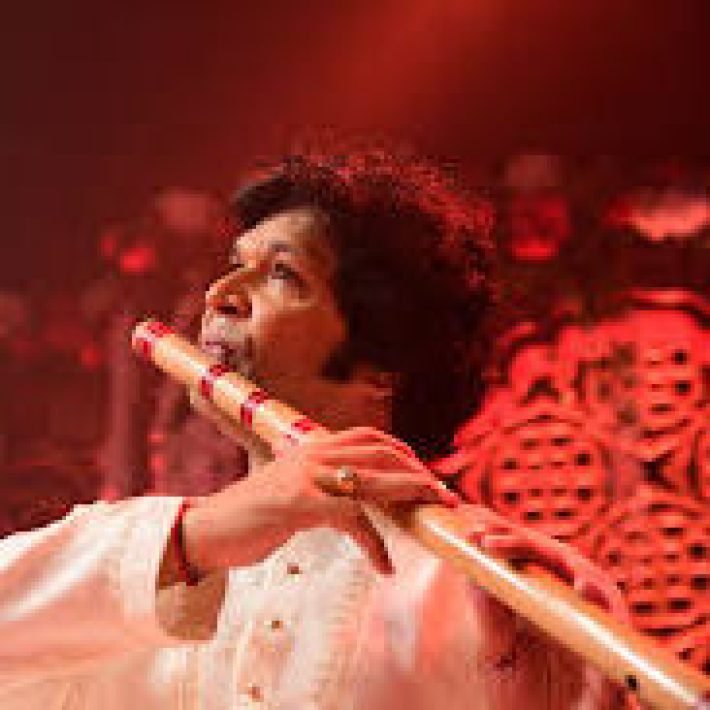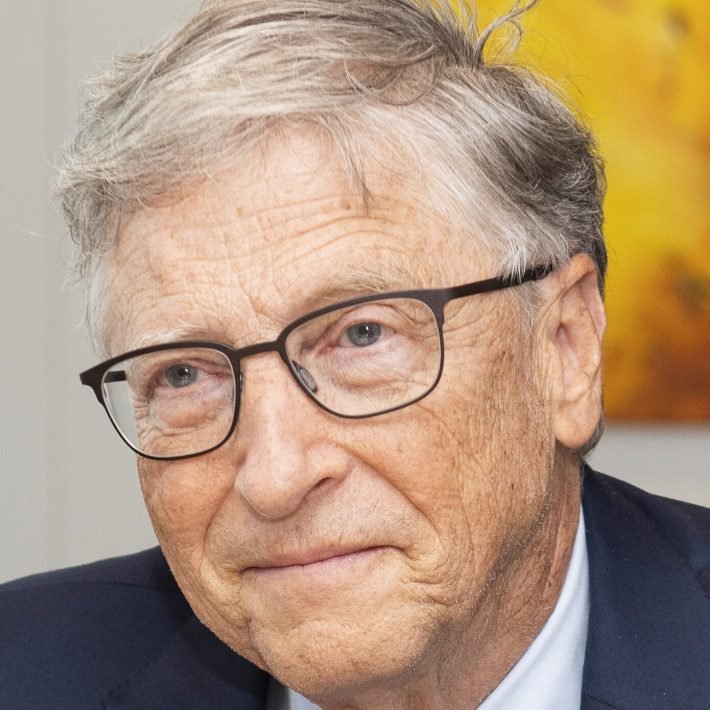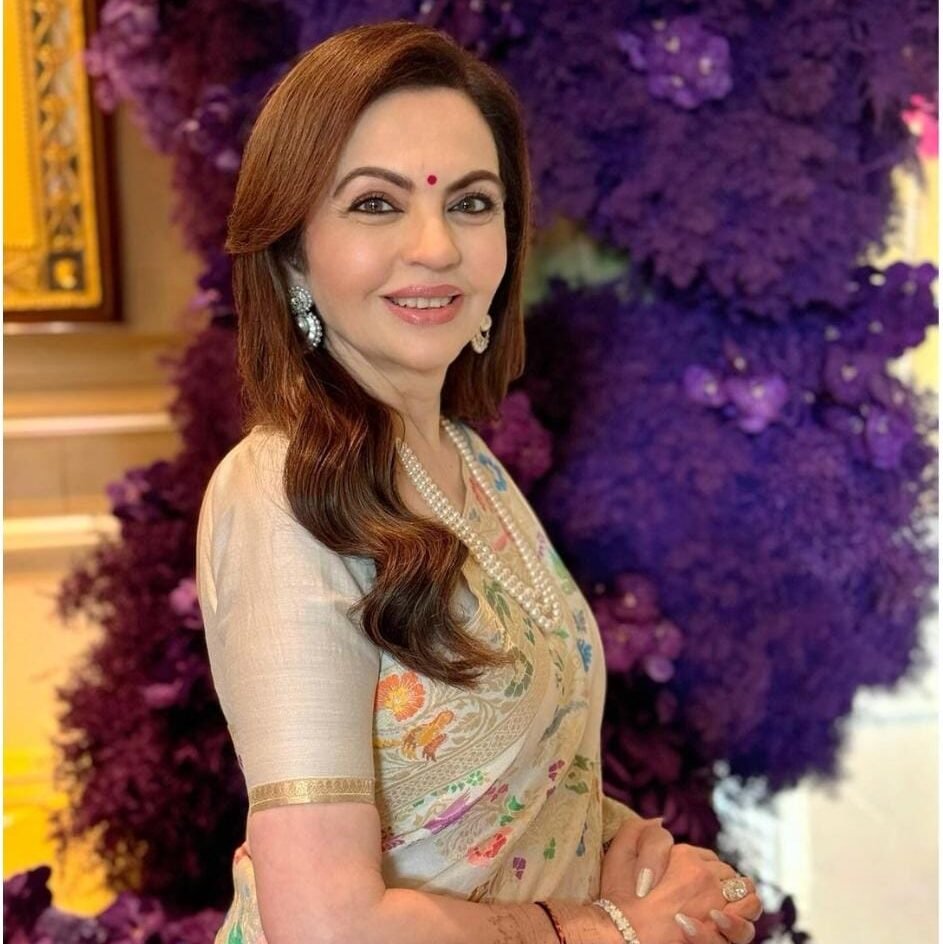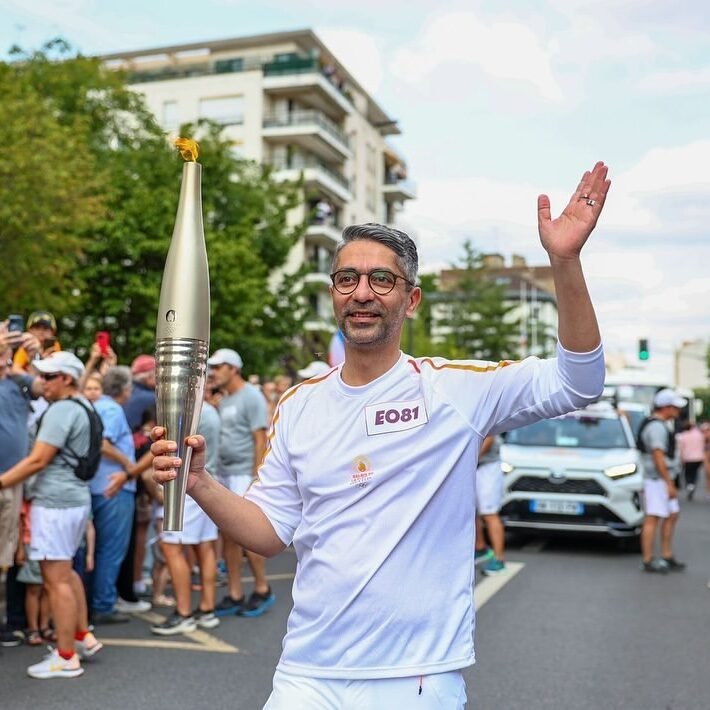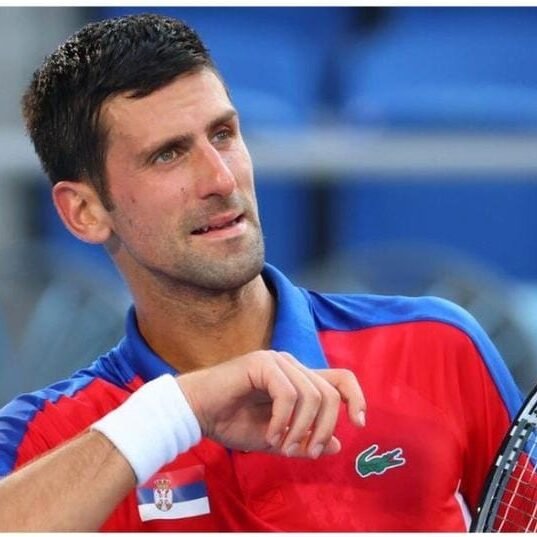Twenty-two years after he directed the blockbusting ‘Gadar: Ek Prem Katha’, Anil Sharma has whacked it out of the park again with the smash-hit sequel! In tune with his roots as well as the trends, he shares his astute views on the importance of the story in a film, understanding audience tastes, and why he has ‘dikkat’ with the term ‘old school’.
By Nichola Marie
‘Gadar 2’ shone at the box office, grossing over ₹ 691.08 cr worldwide against a production budget of ₹ 60 cr. It is apparently the seventh highest-grossing Hindi film of all time. Did you expect this thumping success?

When I planned ‘Gadar 2’, I did think it was going to be the biggest blockbuster of India because the first ‘Gadar’ (2001) was also the same. The story itself was like that – genuine. Generally, when making sequels, we use the title but not the same characters. Sometimes, the film is not that big a hit; yet, we go ahead and make part two of the film. ‘Gadar’ was genuinely a big hit and in the sequel we were using the same genuine characters. In fact, when making an agreement with Zee, I made a commitment to them that the film would make up to ₹ 500 cr. It was not only confidence in the film but in eeshwar kripa karega.
How big a part did nostalgia play in its success?

See, part one did so well and on that grounds, part two had to receive a great opening. At least five crore people would come in to watch the sequel – that was a given. The film would receive a great opening on the first day, but from the next day onwards a film runs only if the audiences have liked it. Why are people calling it a ‘real blockbuster’? This is the reason. Yes, nostalgia played a part in bringing audiences into the theatres but after that, it was the film’s own strength that made it such a huge hit. Actually, people just loved the Tara-Jeete relationship; the fatherson story touched a lot of hearts. ‘Gadar’ was about the TaraSakeena story and part two explored the Tara-Jeete relationship
So, will there be a Gadar 3?
We have already mentioned in the film ‘To be continued…’ When the time is right, I will reveal all!
A reviewer called ‘Gadar 2’ “old-school desi entertainment at its best.” How do you explain its appeal?
To tell you the truth, I don’t understand these terms at all. ‘Old school-new school’ kya hai? We were alive yesterday and we are here today as well, we were breathing yesterday and we are breathing today as well, we read the morning newspapers yesterday and we read them today as well, we didn’t have mobile phones yesterday but now we are with our phones all the time. This ‘old school’ terminology is the creation of foolish, frustrated persons who don’t understand cinema at all. Clint Eastwood is 90-plus. Spielberg, James Cameron, Scorsese – how old are they? And they are still delivering hits. Take Sanjay Leela Bhansali or Raj Hirani; they are not teenagers, are they?
The remark was probably not made personally but was rather a comment on the treatment of the film as compared to the more modern films of today…

But what is modern? Anything that appeals is modern! Yesterday, something appealed – it was modern. Today ‘Gadar 2’ appeals – it is modern. I’d go so far as to say that those who call it old school are actually not modern themselves but old school instead (laughs)!
Your leading man Sunny Deol was reportedly apprehensive about whether the blockbuster legacy of ‘Gadar: Ek Prem Katha’ (2001) could be continued. What factors did you keep in mind when crafting this sequel and how challenging was it?
See what happens is everyone is afraid. When you set out to make part two of such a big historical hit, that was one of the biggest blockbusters of Indian cinema, everyone feels a twinge of fear. That’s because each one, whether an actor or technician, only looks at their own character. And then there is the director who looks at the film in its totality. And feeling fear itself is a sign of positivity, as it ensures you do your best.
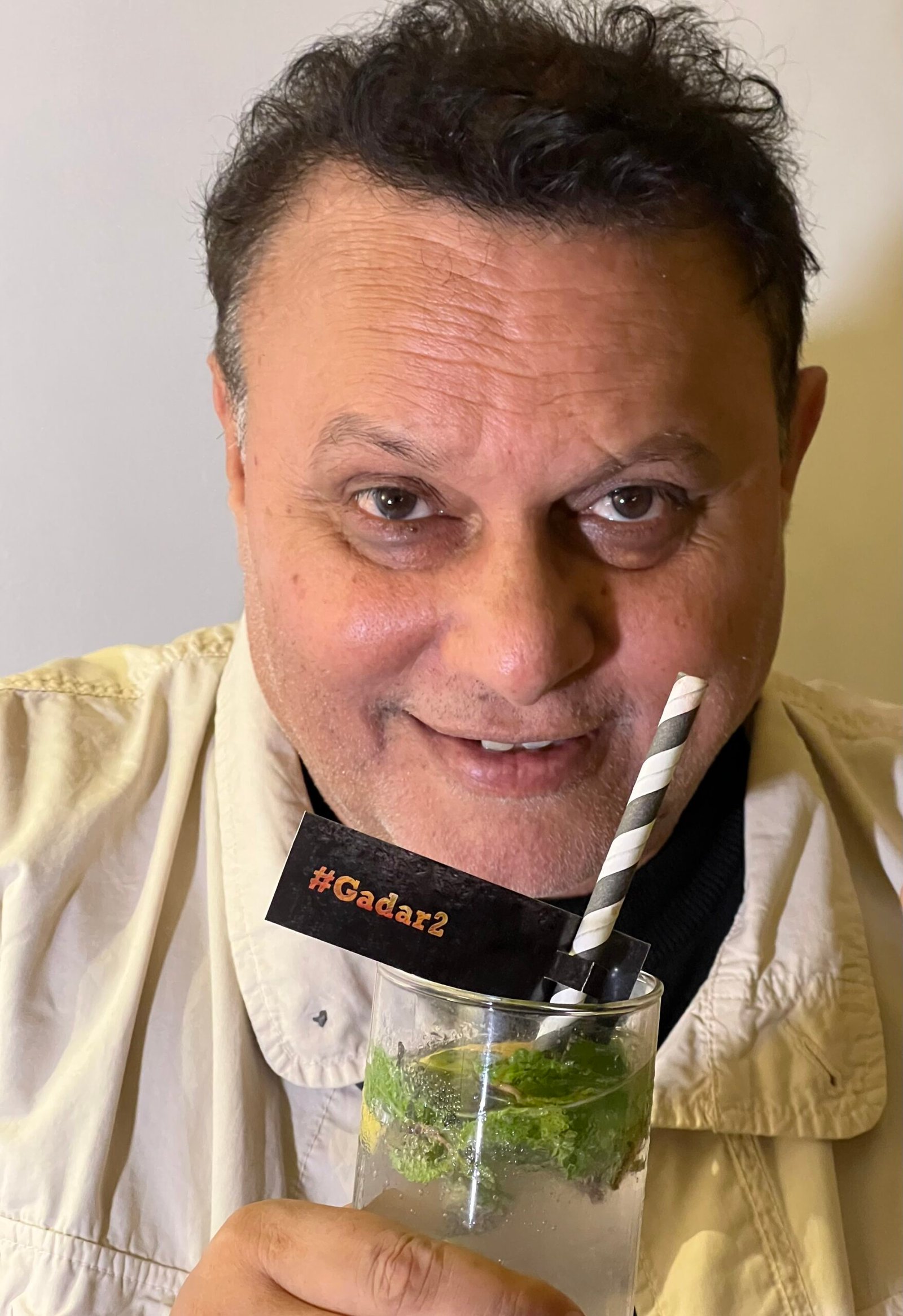
Speaking about creating ‘Gadar 2’, it took me 15 – 20 years to come up with the thought for the film. I didn’t merely want to use the title ‘Gadar’; I wanted to create worthy content. Because merely using the title would bring audiences in for one or two days but on day three they would soundly abuse me. If there was even the slightest unnees-ekees in ‘Gadar 2’, it would make no difference to anyone but Anil Sharma. People would say Anil Sharma has rubbished ‘Gadar’ as well. I was concerned about my own reputation and it was my prayer to God that I could do right by it.

Once the thought crystallised in my mind, everything became easy. Still, it took me more than a year and a half to write it.
That makes so much sense; the story being the most important part of a film…
…the only important part of a film! When you go to a restaurant for a meal, you enjoy the décor etc. But if the food is not tasty, you will never go there again. On the other hand, no matter how terrible the décor etc., if the food is great, you will go regardless. Ultimately, you are concerned with the food. And if the décor is good and the food is also good, toh woh Taj ho jaata hai! (laughs)
It has also been pointed out that this time around you chose to take the middle path, toning down the jingoistic tone that was more apparent in ‘Gadar’. Was this a conscious decision?
I have only gone by the requirements of the story. We are not opposed to anyone; we are just making a film, and we are not politicians to chant slogans. The public of Pakistan, England, the US, India, all have loved both ‘Gadar 1 and 2’. We don’t think along those lines and simply make films for the public.
You have been very close to your leading man Sunny Deol over so many decades. What makes him special?
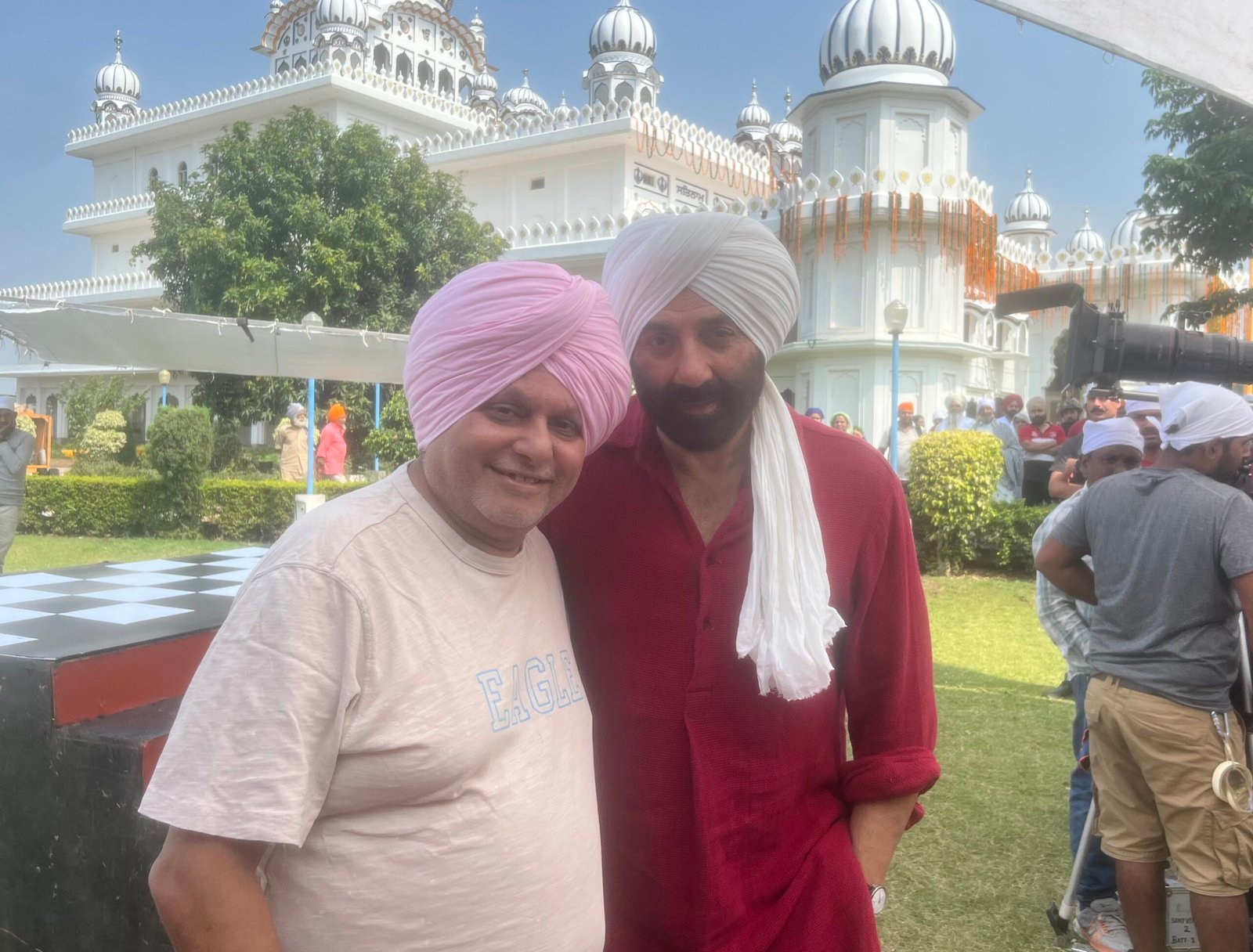
He is a wonderful human being – like his father and his brother, and even his young sons. They are a very good family. I have a very fine tuning with the family. We speak with a lot of love and affection and discuss a lot of topics – our ultimate aim is to make good films together. We both believe in good films and this is our biggest chemistry. It’s the reason why we receive the kind of success we do.
The Hindi film audience has become difficult to understand and satisfy – agree? What are the main changes you perceive in audience taste?
Audience ko kya samajhna? You need to simply understand yourself. You are also part of the audience! Along with understanding yourself, understand the various members of your family; your parents, siblings, wife, children, and friends. Once you have understood them, you have understood the whole of India!
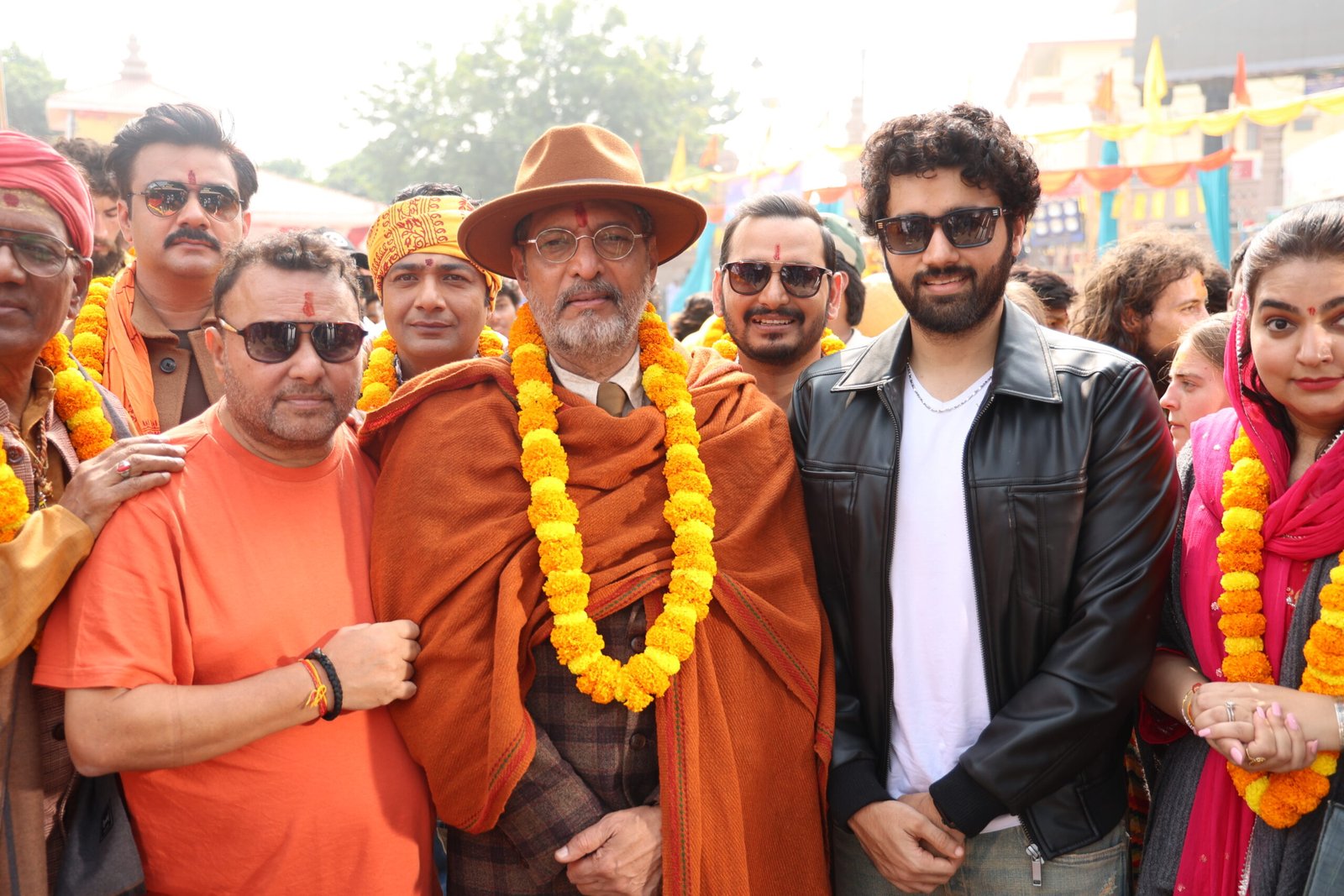
With time, everything does change. Your children grow up, you yourself grow older, your face changes… So, why won’t audiences’ tastes change? But you yourself are also changing along with audiences’ tastes. You will thus also match the audiences’ taste, dikkat kya hai? However, if you remain stuck 40 years in the past and the audience moves 40 years forward, then it’s a problem. You owe it to yourself to move with the times.
There has also been a vast change in viewing habits…
You know, these changes have been happening since the 1980s. Video had come in at the time and many people would sit at home and watch films on their VCR. It has been around 43 years that people have been watching films from their homes!
Yet audiences are coming to the theatres to watch films as well. You eat food daily at home; yet you also go out to restaurants on occasion, don’t you? Today, the number of multiplexes has doubled and tripled. It’s the same with cricket. How long will a person watch from home? At some time he will desire an outing.
You go back a long way, starting off as an assistant at the age of 18, and then debuting as director at 21 with ‘Shradhanjali’ (1980). How did that early period prepare you as a filmmaker?
Yes, I had started out assisting B R Chopra. My family was originally from Mathura. My father, an astrologer, had come to Bombay (Mumbai). He was also very fond of films and a lot of film folk would visit our house. As a youngster, when I came to Bombay and got off the train, I was greeted by posters of the biggest craze of the time – Rajesh Khanna, on all sides. I felt I had entered not Bombay but Rajesh Khanna Nagar! Mathura had just around four cinema halls but Bombay had theatres everywhere. My craze for films grew so much that I would bunk college every morning to go watch a film. And before I knew it, I had made my way into the film industry.
One important lesson I learnt from Chopra sa’ab is that the camera is but a pen with which you write stories on celluloid. “Use the technique to show the story – and not the other way around. Viewers should not even notice the technique – only the story,” is what he told me. Nowadays, makers focus more on showing the technique rather than the story. You are here to show the story, not the technique.
You are primarily known for your patriotic genre directorials including ‘Gadar’, ‘The Hero: Love Story of a Spy’ (2003), ‘Ab Tumhare Hawale Watan Saathiyo’ (2004), and ‘Veer’ (2010). What is it about this genre that resonates so strongly with you?
I have also made family dramas like ‘Shradhanjali’ and ‘Bandhan Kuchchey Dhaagon Ka’ (1983). But yes, I have a deep inner fondness for the patriotic genre. It’s a part of me. I love my country and this love, somehow or the other, comes out in my films.
You had presented your son Utkarsh Sharma as a child artiste in ‘Gadar’ and years later also launched him as a leading man. What are your hopes for him?
Actually, when Utkarsh was small I didn’t want to cast him in ‘Gadar’. I didn’t want him to be pulled into the whole shooting experience, the heat, long hours, missing school etc. But I was simply unable to find the right child to cast.
Then, Ameesha Patel insisted that I cast my son as she found him so lovable and cute. The folks at Zee also felt the same. But I wasn’t agreeable. Then one day, seeing that we weren’t able to cast the right child artiste, Utkarsh came to me and said very maturely, ‘Papa, if you want, I’d like to help you out and do the film’. I hugged him immediately and that was it. I requested Jai master to help him with the acting part of it. I was amazed at how natural he was in front of the camera. When it came to the dubbing, he dubbed his entire part in half an hour. Later, I again cast him in a small role in ‘Ab Tumhare Hawale’… I remember he had a song with Amitabh Bachchan sa’ab in the film and I was a little concerned and asked him if he would be okay. The little chap answered, ‘Papa, Bachchan sa’ab is an actor, I am also an actor. I’ll be okay’. He used to do very well in studies, a 90% student, so I told him to study engineering because if his ‘acting ki dukaan’ didn’t work out, he would have an education to fall back on. That’s when he told me directly that he only wanted to be an actor, but that if I didn’t think he had it in him, he would go ahead and study engineering. He went to the US for five years to study film and acting; he topped there as well. He is a very natural actor and has done great work in ‘Gadar 2’ and also in ‘Genius’ (2018).

I’m so proud of him and I have faith that God will be with him and he will go further in his career. I know that a day will come when people will not say that he is Anil Sharma’s son but that Anil Sharma is his father.
What are your future plans as a filmmaker?
In a few days, I am leaving for a shooting schedule; this film will be announced anytime now. ‘Gadar 3’ will begin shooting in 2025.
And lastly, when ‘Gadar 2’ became such a huge hit, how did you celebrate?
Well, actually there were so many parties one after the other that I got tired! Then I told myself, ‘Thako matt babu, aise mausam kabhi kabhi aate hai. Enjoy it while it lasts’. So, yes, I’m welcoming and enjoying the love, the roses, the fact that whether I’m on a plane or at the airport, suddenly people come up to me to tell me how much they loved the film. So, I’m thankful to people, thankful to God for everything.
